How to Foam Roll Like a Boss
One of the main fitness trends this year is an emphasis on Active Recovery. In general, the trend leans towards an awareness of taking a rest period after intense exercise in a variety of ways so that we are able to take better care of our bodies, move more functionally and ultimately live better, healthier lives.
Foam rolling is a manual therapy, also known as self myofascial release (SMR) and is just one of the popular methods that falls under the active recovery umbrella. It can be performed using a roller made of different materials and densities which allows for pressure to be placed on the fascia, the connective tissue layers surrounding the muscle fibre. The goal is to massage the trigger points in order to release tight muscles or spasms, and to improve blood flow and circulation. Sometimes balls are used in place of rollers to specifically target the smaller muscle groups.
Although there seems to be a ton of hype, and most trainers, physiotherapists, and coaches are in the pro-foam rolling camp, the studies to support its efficacy are small and still in the early stages. That said, there does seem to be some evidence supporting the specific benefits of pre-workout muscle warm up, improved mobility and helping with recovery (by reducing DOMS).
Despite these benefits, theories regarding the mechanism of action are still in debate as some argue foam rolling works by untangling or separating the muscle fibres to help re-establish the integrity and malleability of the muscle, whereas others purport the mechanism is related to nerve receptor stimulation. It’s likely that foam rolling benefits come from neurological changes in pain receptors combined with the structural changes of the fascia.
Warm Up
Foam rolling before your workouts can help to increase blood flow to warm up the muscles, improve the pliability and malleability of the muscles and prepare the body for exercise. It may act as an important means to protect against injury and help with the loosening of joints to increase range of motion and movement during a workout. Some view it as a comparable alternative to dynamic stretching during active warm up, with the hypothesis that foam rolling combined with dynamic stretching would provide the greatest outcome, though this is still to be confirmed [1].
Mobility
The International Journal of Sports Physical Therapy took a look at how SMR can enhance myofascial mobility and concluded that foam rolling does in fact have some short term benefits associated with increasing range of motion through increased muscle flexibility [2]. With enhanced flexibility this likely translates into an ability to complete exercises using the proper form and technique, which lowers the chance of injury, all while providing more targeted results!
Recovery
Although it’s not been proven that foam rolling can have a direct impact on performance via peak power output, it has been shown that participants who engaged in post workout foam rolling did experience significantly less soreness up to 72 hours later [3]. This means that foam rolling can minimize the DOMS (delayed onset muscle soreness) that usually occur anywhere from 24 to 48 hours after a workout. And of course, with a speedier recovery you can get back to training faster with better outcomes because you’re not feeling tapped out!
Foam Rolling Do’s & Don’ts
If you’re new to foam rolling a few key points to keep in mind can help you to reap the benefits of this simple practice.
If you take a look for a foam roller online you’ll quickly notice there are thousands to choose from! Truth is that if you’re new to foam rolling you’ll likely benefit from a medium size, medium density foam roller. As long as you’re able to apply moderate pressure to the key area in question you should be ok. Some experts say beginners can benefit from a longer foam roller as it may be easier for hard to access areas, whereas denser foam rollers or small balls can help get into trigger points within the smaller or deeper muscle groups.
The best target muscle groups for foam rolling include the glutes, hamstrings, quads, calves, traps and lats as well as the meaty part of the shoulders. It’s important to avoid the joints and ligaments, and also to be weary of rolling out the lower back as it could potentially lead to unwanted and painful spasms.
In terms of technique, foam rolling for anywhere between 10-20 minute sessions is recommended either before a workout, after a workout or anytime muscle tightness is bothersome. Most experts agree that applying moderate pressure for 30 seconds per target muscle area with 10 seconds of rest is a good place to start in terms of technique. It’s also important to note here that the benefits of foam rolling are relatively short, so doing it near-daily is considered best practice.
Last but not least, we’ve been taught that no pain = no gain, yet this isn’t necessarily the case with foam rolling. Yes, you’ll likely feel some discomfort related to the post-exercise soreness after a workout, yet you shouldn’t be experiencing excruciating pain in order to reap the benefit. If that’s the case, always listen to your body and take inventory of any underlying injuries that may be contributing to the pain. As well, a good tip to remember is that if the pain is unbearable, try rolling the surrounding muscles near the trigger point in order to loosen up the muscles.
Happy Rollin’! We are #ReflexNation.





